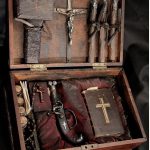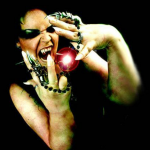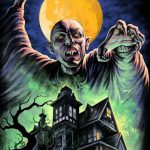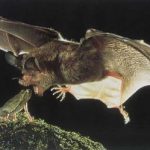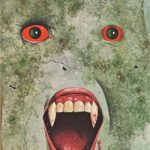Serbia, Montenegro, Bosnia, Croatia, and Slovenia
In Serbia, the most common names for an undead vampire are vampir and vorkudlak. In Bosnia, Croatia, and Montenegro, the names include not only these but also lampir. In documented testimony from a trial that began in October 1737 and ended in 1738 in the then independent Croatian city-state of Dubrovnik, not far north from Montenegro, the names given for “vampire” include kosak, pricosak, tenjac, and vukodlak. (The defendants in the trial were vampire hunters and their accomplices from the Croatian island of Lastova in the Adriatic Sea. They were accused of desecrating graves.) In the part of Croatia on the Adriatic peninsula of Istria and in neighboring Slovenia, the name kudlak, an abbreviation of vorkudlak is sometimes used.
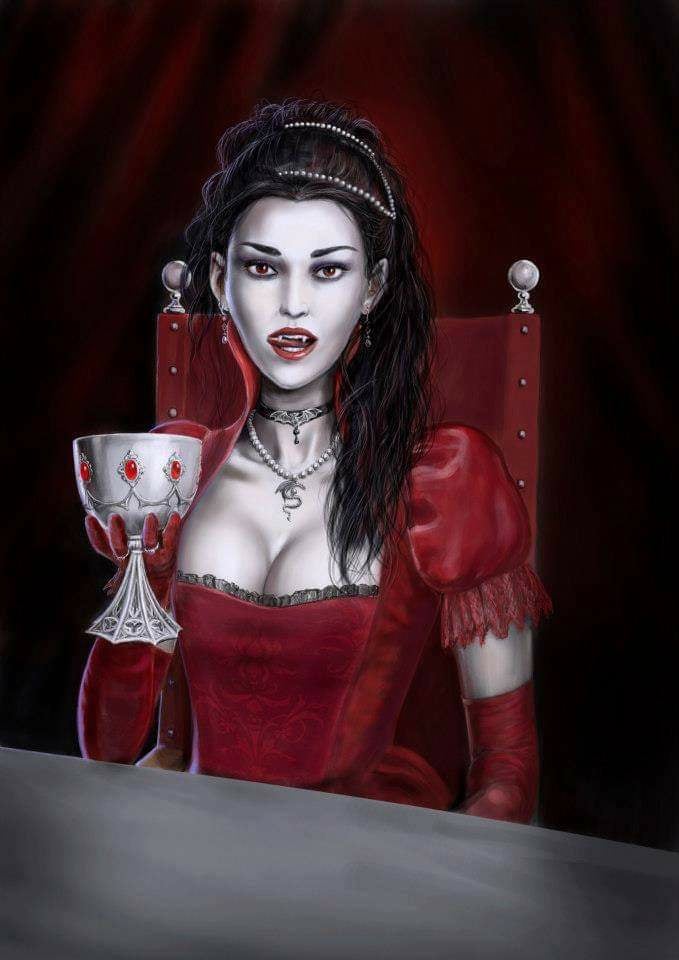
Most generally, these names applied to undead vampires who closely resemble the Russian upir and the Greek vrykolakas except that there is not much mention of demonic possession to be found here. The means for destroying them include exhuming the corpse the corpse and then driving a stake a stake into the heart, decapitating it, or cremating it. In regions on the coast of the Adriatic Sea, the corpse was sometimes hamstrung; i.e., the tendons of the knee were cut before re-burial to prevent the corpse from walking again.
In some parts of Serbia, there is or was a belief that, unless they are destroyed first, vampires reach a stage in their unlife after thirty years from their death and burial where they no longer need to periodically return to the grave but can in fact pass as ordinary mortal human beings even in the day time. They then travel far away to some country where they will not be recognized and then they often marry a mortal human, and have children.
As is described in my web page containing Part II of Vampires of the World, under “The Kudlak of Istria”, on the peninsula of Istria the term kudlak, an abbreviation of vorkudlak, can mean either an undead vampire or a person born with a caul who has certain supernatural powers and uses them to the detriment of his community even before he dies. And when such a person dies he continues his career as a full fledged undead vampire.
There are other eccentric beliefs found in these countries. Here are three:
- Some Serbs at least believed that an undead vampire could take the form of a butterfly.
- A tribe in Montenegro believed that the undead spent part of their unlife in wolf-form.
- The Gypsies and some Serbs believed that the undead were often invisible to most people.


